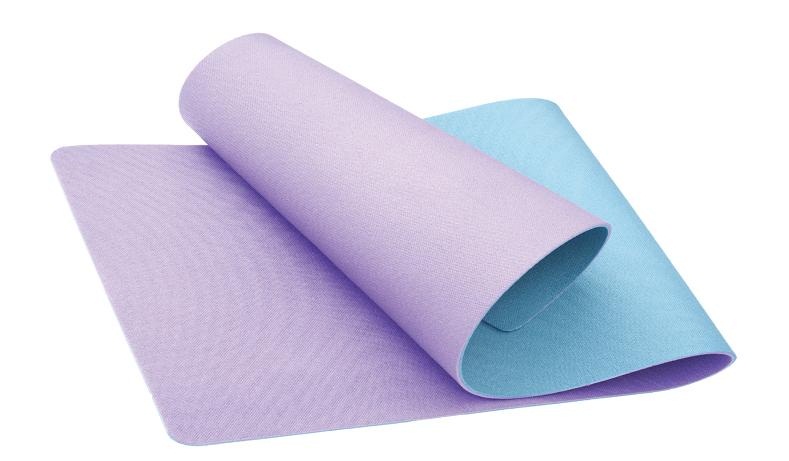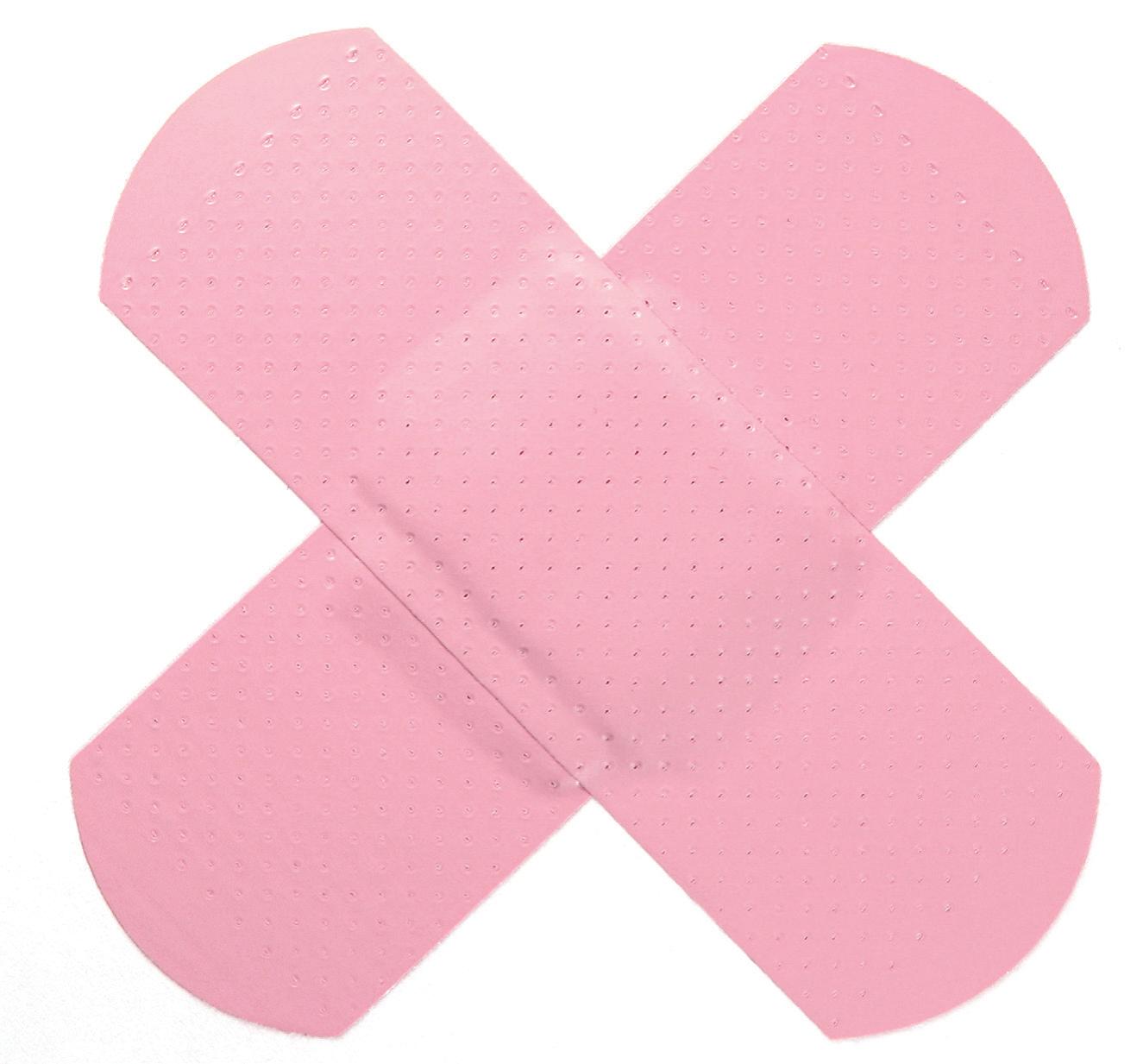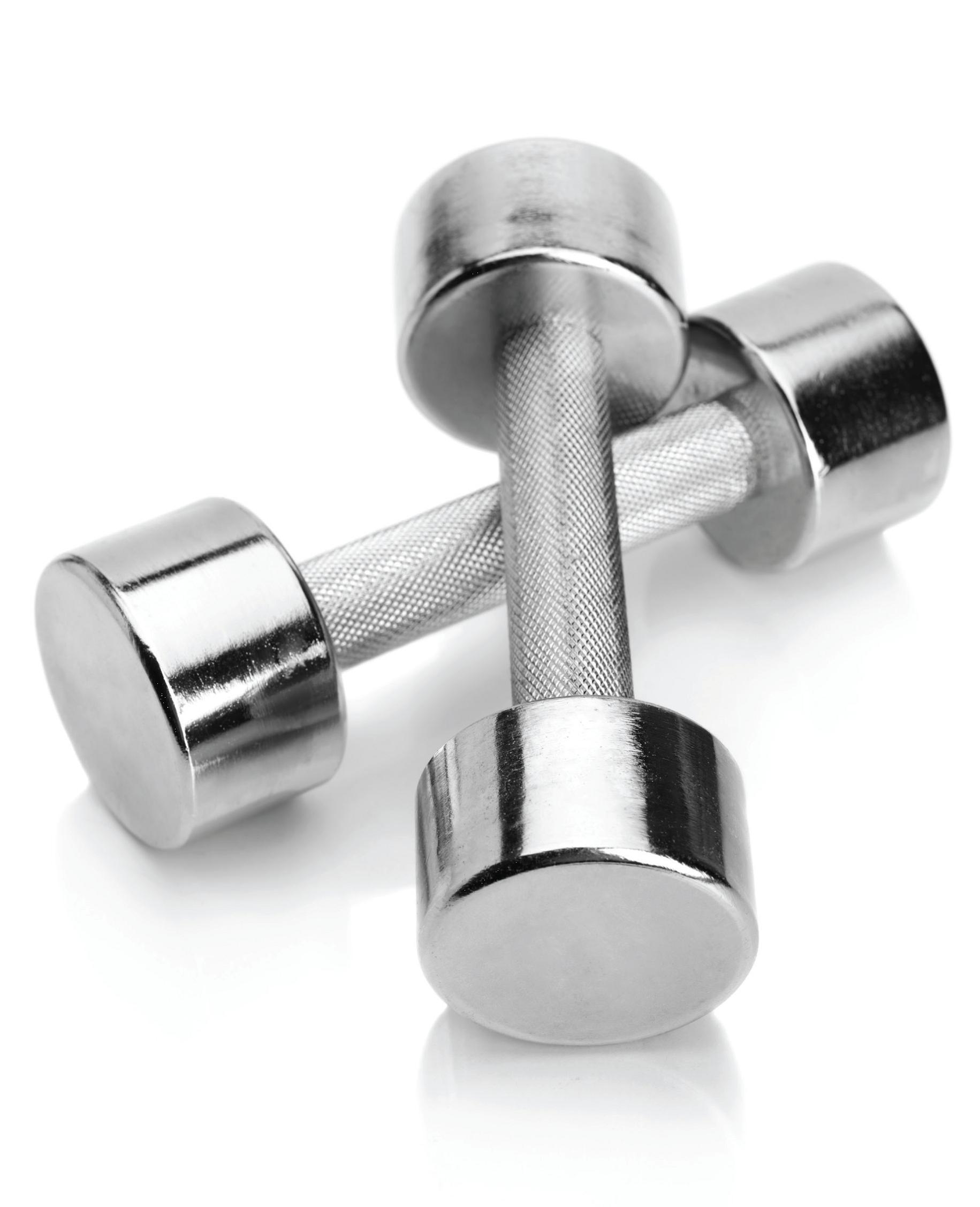-

Pilates and yoga are great for building core strength, alignment and flexibility, all of which contribute to an elongated body and improved joint mobility. These disciplines build your body up in a way that leaves it strong from within and less likely to be injured. Even 10 minutes a day can make a difference! -

Active stretching before and after your workout will ensure that your muscles are warm and prepared for work, lowering the risk of injury during your session. It also increases blood flow to the muscles which can help to lessen any soreness you might feel afterwards. -
One of the most common reasons for injury is performing an exercise incorrectly. While it’s tempting to get as many reps in as you possibly can, remember quality is way more important than quantity! Whether it’s lunges, squats, weights or mountain climbers, do it wrong and your body is exposed to all sorts of potential problems. Besides, doing it correctly from the get-go will reap results much faster. -

Ignoring injuries and hoping they’ll go away is never a good move. If you have knee pain, for example, stay away from running for a couple of days and avoid squats or any exercises that might exacerbate the condition. It’s essential to address any weak spots and act accordingly. Go easy on yourself when you notice an issue and work on gently building those areas up to be strong again. -
While HIIT-style workouts are great for results, it’s important to ensure space between each one so that your body can recover properly. Tired muscles leave you open to injury, so if you’re feeling sore, listen to your body and take a rest day or do a lower impact activity like walking. -
Exercise works wonders for the soul and keeping it varied is all part of the fun. That being said, it’s important to understand your body’s parameters and work out in a way that suits you. An extreme HIIT class is great for fat-burning but probably isn’t the best choice for somebody who hasn’t exercised in a while. Likewise, a barefoot forest run isn’t going to work if you’ve suffered an ankle injury. Know your body and do what works for you. -

Building reps and resistance over time will gradually strengthen your body and prevent ‘overuse’ injuries like muscle soreness and shin splints. Don’t rush into using weights that are too heavy or kill yourself doing more reps than you can handle. Build the intensity slowly and switch the muscle group you focus on daily to allow adequate time for recovery.
Show your inbox some love
Get a weekly digest of Health & Wellbeing emailed direct to you.

























